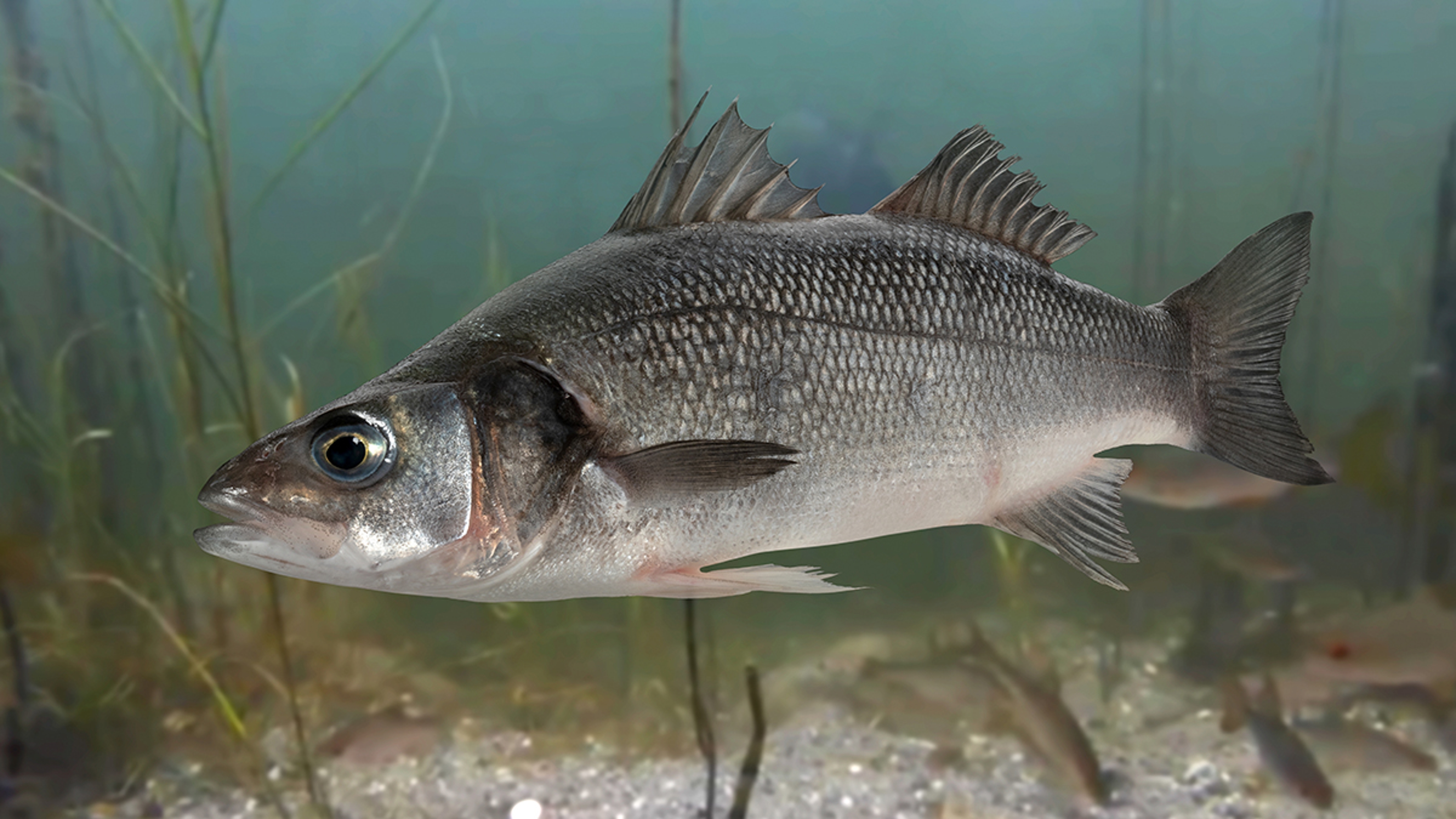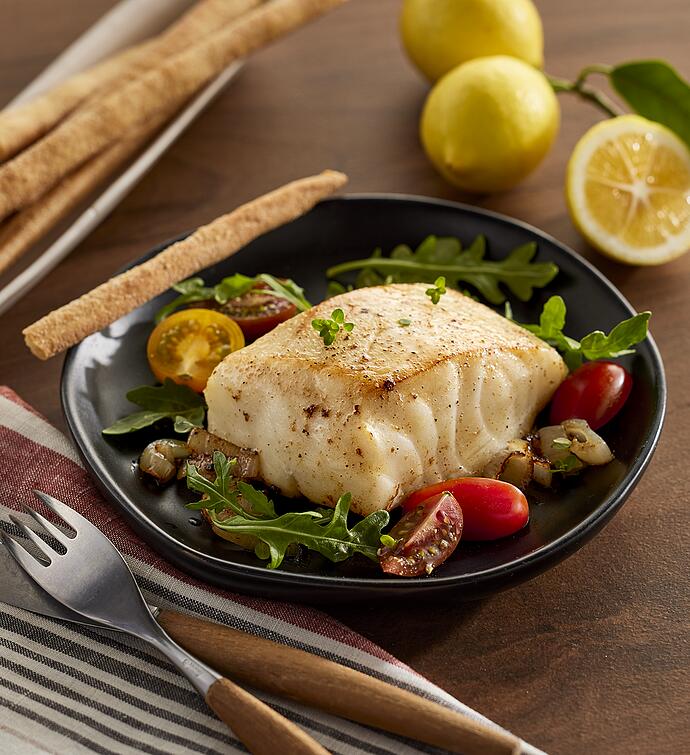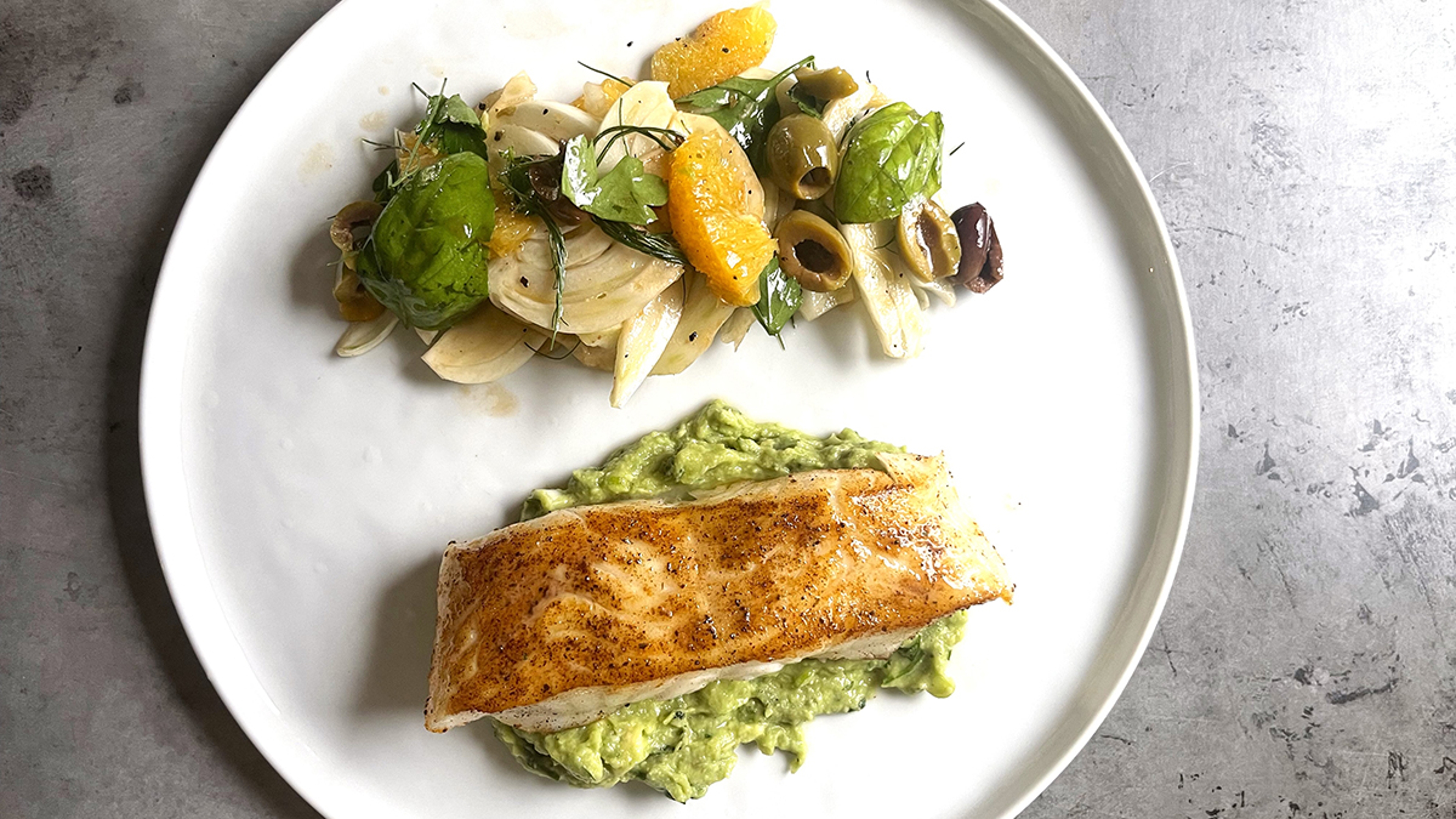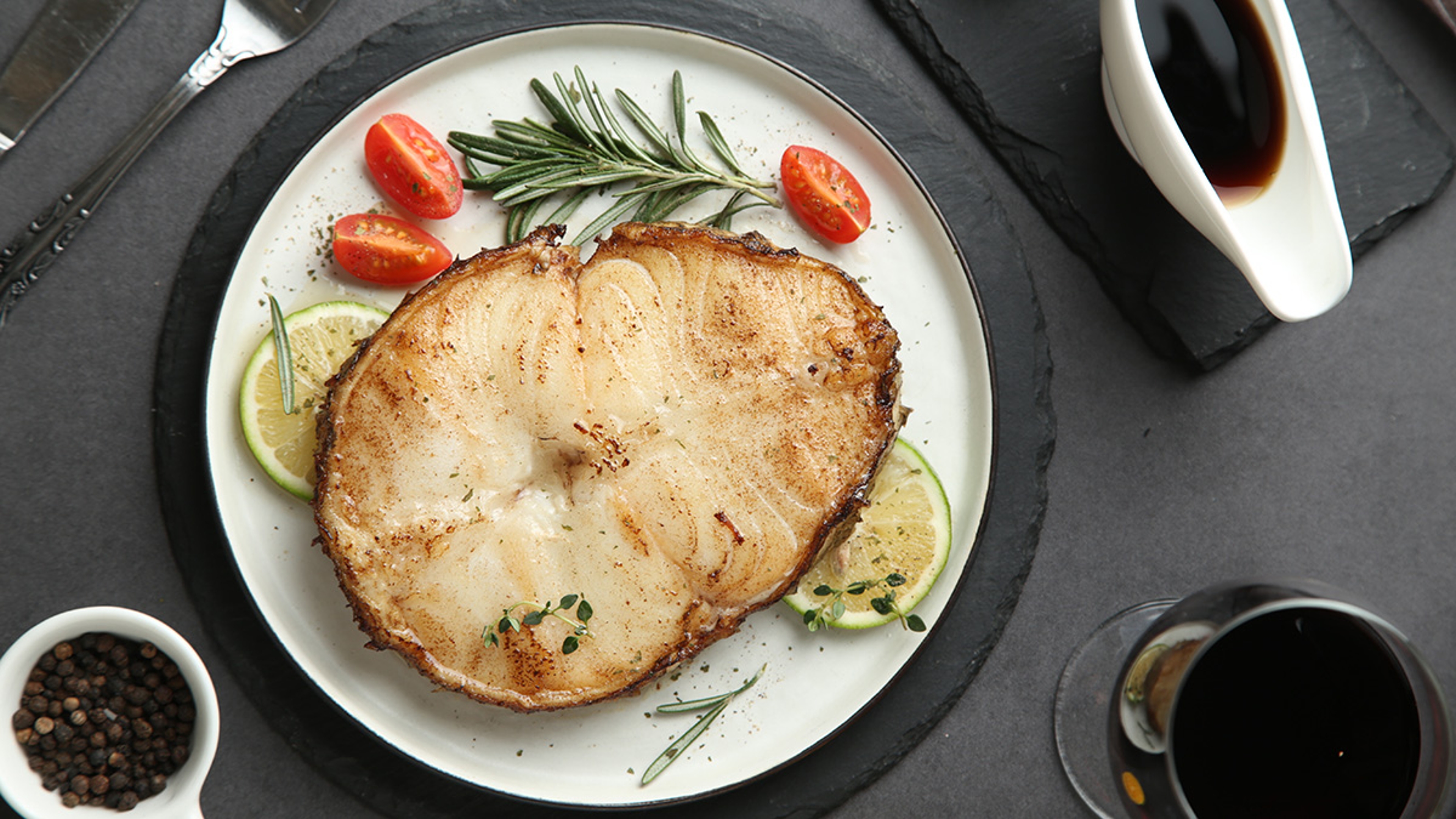What's in a Name: Chilean Seabass vs. Sea Bass
They both have "bass" in their name, so they must be the same type of fish. Right?
Aug 26, 2025
Over the past few decades, the Chilean seabass has skyrocketed from obscurity to culinary stardom, becoming one of the world's most sought-after catches. This large white fish is highly valued by seafood enthusiasts for its delectable flavor and tender flesh. It's ideal for pan searing or grilling and offers a variety of culinary possibilities.
But how, exactly, did this fish become a global sensation? Is it on the menu of every Chilean restaurant? Is it even a bass at all? Join us as we explore its origins, unravel the distinctions that set it apart from the standard sea bass, and reveal the secrets to savoring this delightful delicacy.
How did the Chilean seabass get its name?
Now we're ready to let you in on the best-kept secret about Chilean seabass. Surprise, surprise — it's not really a bass!

Scientifically known as Dissostichus eleginoides, Chilean seabass is a deep-water species found in the Southern Hemisphere ocean waters near and around Antarctica. Originally known as the less-appealing sounding "Patagonian toothfish," its name transformed to "Chilean seabass" in the late 1970s when American wholesaler Lee Lantz was in Chile and tasted the toothfish. He fell in love with its buttery flavor, but the fish's ugly appearance signaled to him that he should "invent" a new name.
Once Lantz introduced the Patagonian toothfish under its new moniker to America, the United States became the largest importer of it, bringing in approximately 10,000 tons annually, which is nearly 20% of all Chilean seabass caught globally.
Despite its name, this remarkable fish — capable of living up to 50 years and growing to over 6 feet in length and weighing over 200 pounds — is only sometimes caught in strictly Chilean waters. Whether hooked near Antarctica (which is where Vital Choice's come from), Argentina, or Uruguay, the Chilean seabass, prized for its silky texture and buttery flavor, remains an in-demand choice among fish lovers.
How is Chilean seabass different from "regular" sea bass?
While Chilean seabass and "regular" sea bass may share a name, they differ significantly in various ways. One notable distinction is, of course, their habitats. The aforementioned Chilean seabass lives in the Southern Ocean around Antarctica, whereas standard seabass flourish in saltwater and brackish environments.
Another type of sea bass is European sea bass, also known as branzino, which lives in the Mediterranean and the Black Sea. Distinguished by its consistent and relatively modest size, this species often graces the dining table as a whole fish, suitable for individual servings or sharing. There's also striped bass, with its blackish horizontal stripes, that inhabits East Coast waters stretching from Canada to the Gulf of Mexico.

Both varieties of bass share commonalities in their flakiness and mild flavor. Yet, with its elevated omega-3 fatty acid content, the Chilean seabass is prized for its buttery, melt-in-your-mouth texture, beloved by culinary professionals for its diverse applications.
Best ways to prepare Chilean seabass
The exceptional flavor and firm and flaky texture of Chilean seabass make it a versatile ingredient in the kitchen. Grilling, baking, and even poaching are all excellent methods of preparing this fish. Its high fat content allows it to stand up to bold flavors and various cooking techniques.
Or consider a simple preparation with lemon and herbs to let the natural taste shine. Pan searing fillets in high-quality olive oil adds richness and depth to each bite, whereas cooking them in brown butter and herbs infuses them with deep flavor.
The Chilean seabass has undergone a remarkable transformation from its humble origins as the Patagonian toothfish. (Technically, it'll always be a Patagonian toothfish.) Whether you savor it for its unique flavor, impressive size, or culinary versatility, the Chilean seabass continues to make waves in fine dining and home cooking.










